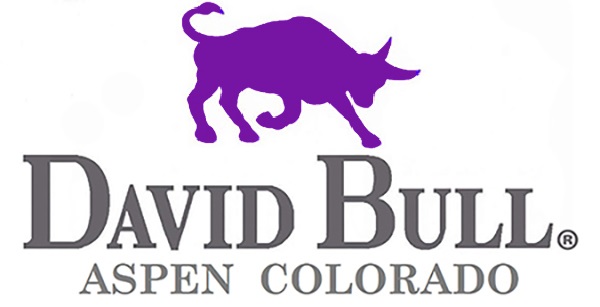Product & Materials FAQs
Our Products
Our Materials
The content of gold and silver in a metal alloy is measured by how many parts of gold or silver there are in a thousand. In 14K gold there are 585 parts of gold in a thousand, or 58.5% gold. In Sterling Silver there are 925 parts of silver in a thousand or 92.5% silver. .935 silver then has more silver content than Sterling Silver with 935 parts silver per thousand making it 93.5% silver. Also, .935 silver is more tarnish resistant than Sterling Silver and it oxidizes much more slowly, meaning you don’t have to polish your jewelry nearly as often.
When looking for a metal that is highly tarnish resistant, that can be polished to a lustrous yellow gold finish and is extremely durable, it is hard to beat 342 bronze. This high tech alloy precisely duplicates the smallest details in a design.
“As a designer I love working with it because it is not only easy to cast, it is also very easy to patina and polish. Putting a patina on a piece of silver, brass or bronze is the classical technique of dipping the metal into an acid that causes the metal to oxidize (blacken), and then polishing off the oxidation on the higher areas, leaving a black finish in the detailed, recessed areas. This gives the piece of jewelry or silver flatware a beautiful contrast between light and dark while really bringing out the details.”
– David Bull
A good example of this technique can be seen in our Egg and Dart Pen. 342 Bronze is durable, beautiful and versatile, perfect for my products, and yours!
Vitreous enamel, or colored glass, has been used for hundreds of years in the manufacture of jewelry, with the best examples being seen in the works of Faberge. Vitreous enamel is comprised of silicon and colored oxides which are mixed together and subjected to enough heat to melt and fuse the silicon and oxides together. An vitreous enamel can be either opaque (no light can pass through) or translucent (the enamel is essentially transparent).
The stained glass windows in churches and cathedrals use this same technique: Different sizes and shapes of frosted or clear glass are painted with different colored oxides and then placed in an oven. The result is a colored piece of glass that allows light to pass through producing vibrant, stunning colors. Although vitreous enamel is beautiful and can be made in virtually any color, because it is glass, it is extremely fragile and really is best suited for pieces that have a home in a museum where no one will ever touch them. If the enamel in a piece of jewelry ever cracks or falls out, it is extremely hard to fix and equally important, it is extremely hard to match the original color of the enamel.
We use a high tech enamel that approaches the hardness of vitreous enamel, but it is much more durable and easily repaired if it is ever scratched. It also comes in hundreds of colors which can be made translucent or opaque depending on the design application.
If you look closely at our products, you’ll notice all of our pens have a cabochon stone in the finial (the end of the pen opposite the nib.) Likewise, all the toggles in our cufflinks have a cabochon stone in each end. We use synthetic sapphires and rubies (corundum), synthetic emerald (beryl), natural onyx, and natural lapis lazuli.
“Being a Graduate Gemologist, trained at the Gemological Institute of America, I can assure you that synthetic sapphires, rubies and emeralds have the same physical and chemical properties as natural corundum and beryl with one big advantage. When synthetic corundum and beryl is manufactured, the resulting products are virtually inclusion (imperfection) free. So not only are synthetic sapphires, rubies and emeralds completely free of imperfections, they have a much cleaner, smoother surface than a natural stone since there are no inclusions that could come to the surface leaving pits and cracks after the stone is polished.” – David Bull


